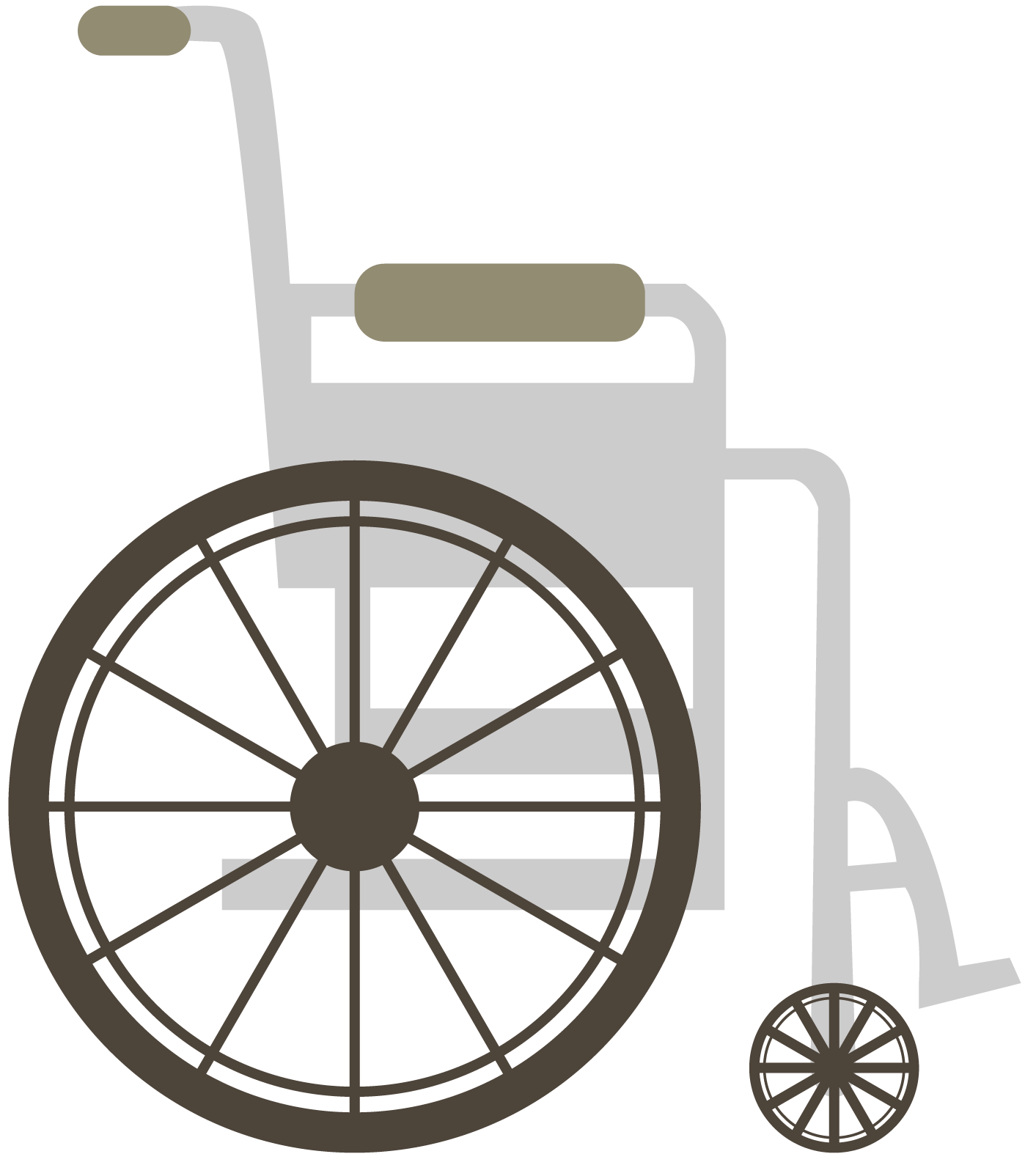A Pain For Many Cause
There are different types of pain. If you’re suffering from pain it can be helpful to understand what these types are so that you can better explain to a health professional what’s going on in your body. Pain can be put into two categories.
- Acute pain
- Chronic pain
Acute pain: This pain starts suddenly and is short term. Acute pain is important to our functioning as it helps our body identify when we’ve been hurt so that we can do something about it. An example of acute pain is the intense pain we get from a bone break or muscle sprain, we will immediately feel hurt and stop what we are doing. The acute pain may last for minutes, weeks or months. As our injury begins to heal the pain will go away. The acute pain we experience during and after an injury gets better over time.
Chronic pain: This pain is usually diagnosed after three to six months of pain. After an injury or surgery, you may find that your pain is getting worse over time and not better, or that your pain remains long after the injury is healed. Chronic pain can also be caused by diseases such as arthritis. Chronic pain is complex and can have emotional causes, in a minority of cases the cause of chronic pain is unidentifiable, but the pain is still very real. Chronic pain does not necessarily have to be ‘really bad’ pain, it could be mild or intermittent, chronic pain is any long term pain.
There are different types of pain that require different treatments, depending on which part of your body is affected.
- Neuropathic pain
- Visceral pain
- Psychogenic pain
- Somatic pain
- Idiopathic pain
- Breakthrough pain
Neuropathic pain affects the nerves themselves. Sometimes when we get injured, our nerves become damaged, this means they can send incorrect pain signals to our brain. This pain may feel give you a shooting, burning, tingling or numb sensation.
Visceral pain comes from our internal organs. It can cause a dull, achy feeling that is difficult to pinpoint. Quite often visceral pain presents in our pelvis, if we suffer from IBS or kidney problems for example. Usually visceral pain responds well to mild opioid painkillers such as codeine.
Psychogenic pain is caused by a psychological disorder such as depression or anxiety. Although this pain is not caused by an injury, it is real pain and can be as intense as any other type of pain. This pain can occur in your tummy, a headache, in your back, or you may feel achy all over your body. It may be accompanied by unexplained fatigue.
Somatic pain refers to pain in the muscles and soft tissues. This pain is usually easy to locate, as it occurs around the affected area. When we cut our skin, or get muscle aches after a work out, this is somatic pain. Somatic pain can be deep or superficial. Superficial somatic pain can feel pricking, sharp or burning and may throb. Deep somatic pain comes from the structure within your body such as your muscles, tendons and bones. It can be experienced in one area, or an entire limb depending on the trauma. For example, if you bang your wrist you will feel deep pain in your wrist but if you break it or strain a tendon the entire arm can become painful. Deep somatic pain usually feels deep and aching.
Idiopathic pain has no identifiable cause. It may have occurred seemingly out of no where, or it may be pain that’s continued long after an injury has healed. Don’t dismiss this pain as not being ‘real’, health professionals are aware that there is still a lot we don’t know about the brain and nervous system and there have not been a lot of clinical trials on idiopathic pain. As medicine and physiotherapy advance, we learn more and more about the nature and causes of pain. If you are diagnosed with idiopathic pain, you have not been written off, there are still a number of treatment options available to you.
Breakthrough pain occurs in between regular scheduled pain killers. Sometimes it can come on very suddenly. The causes for breakthrough pain can be unclear, if you are experiencing it mention it to your GP or physiotherapist.
It’s unnecessary to diagnose yourself with a certain type of pain before you see a physiotherapist, to make sure they get the correct diagnosis have a think about the following questions so that you can accurately describe your symptoms. They may seem insignificant, but different diseases or injuries respond and behave in different ways, with the correct information a diagnosis becomes much easier to make. What may seem like a small detail to you, could be a big indication of a specific problem to a physiotherapist.








